Dealing with a septic tank can be an ongoing challenge for homeowners. Proper maintenance and regular pumping are crucial to ensure the smooth operation of this vital system.
However, it can be disheartening to discover that your septic tank is full again shortly after being pumped. This frustrating cycle often leaves homeowners puzzled and seeking answers.
In this article, we will explore the reasons behind this recurring problem and potential causes and offer practical solutions to help break free from the cycle of constantly refilling septic tanks.
By understanding the factors at play, you can take proactive steps to maintain a well-functioning septic system, prevent future issues, and preserve the overall health and longevity of your home’s wastewater management system.
My Tank Was Just Pumped, And Now It’s Full Again. Why?
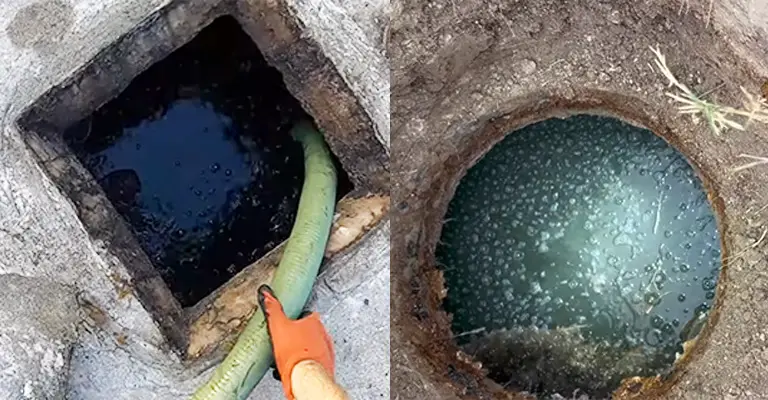
Initially, pumping the tank because it was overfull (meaning the liquid level in the tank was higher than usual, or “backed up”) and finding that it is again overfull indicates that your absorption area is not accepting your household wastewater.
For example, imagine you have a 1000-gallon tank. Usually, the liquid level in the tank would be 1000 gallons at the outlet pipe. As soon as your tank is cleaned, it will be empty.
In a few days to a week, the tank will again be filled to its normal level after you flush the toilet, take a shower, do dishes, or do laundry when 1000 gallons have been used. Overfilled tanks indicate a problem with the absorption area accepting wastewater.
Ensure your faucets are not dripping, your toilet is not running, and your water softener does not need to be replaced because it could cause the absorption area to flood out.
It may be necessary to investigate further to identify the cause of system failure and find a resolution if none of these is present.
You can, however, diagnose the problem by following these steps. A few tips for troubleshooting a septic system are provided below.
Normal Water Level
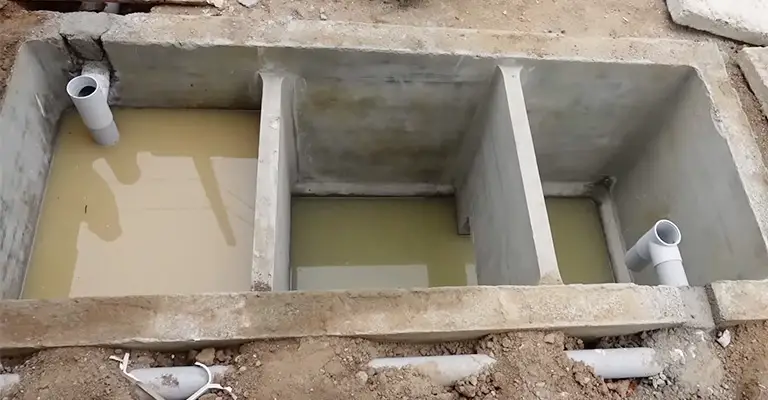
A full septic tank is pretty much a requirement, but it doesn’t mean the tank is completely filled, as there has to be some space to let water in. There is typically about 80 per cent of the sludge layer above the surface of a septic tank.
You will likely notice a fall in the water level after your tank is pumped. It takes a few days of everyday use to return to its average level. Having your septic tank full again after having it pumped, as long as it’s not overfilled, is not a problem.
Clogs
Blockages or clogs in the pipes running to and from your septic tank can cause drainage and filling problems.
Troubleshooting a septic system involves determining where the clog is. Symptoms of clogging in your drains may indicate that a pipe leading away from your home has clogged.
Your septic tank’s effluent filter or outlet baffle may be blocked if sewage backs up inside your home or bubbling up around its exterior.
The complications can lead you to believe that your septic system is whole again when it is just necessary to clear some pipes.
Excess Water Use
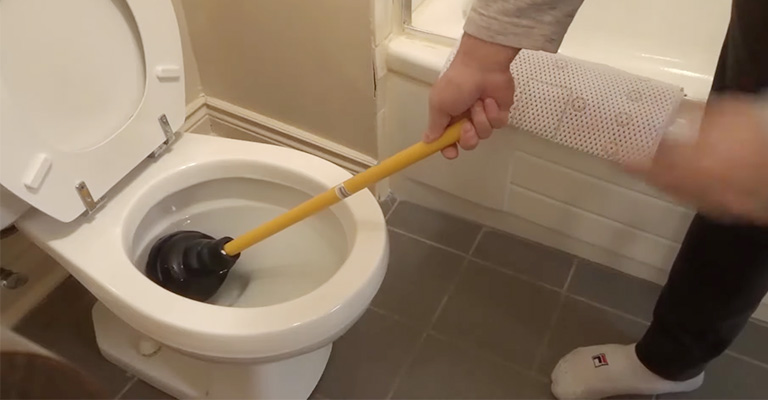
If you just pumped your septic tank, and now it’s full again, having the idea can be frustrating-especially if you don’t know why your septic tank is full again. In this case, too much water might have been used.
Water must flow into the septic system over time, and if you use too much water at one time, it could overflow the tank, resulting in the tank becoming full again.
Ensure your plumbing fixtures aren’t causing this leak, as leaky faucets and toilets can be culprits.
Bad Drain Field
Many people have this problem with their septic tanks. You release the treated water from your septic tank in the drain field. Typically, this happens beneath the ground. Water from the septic tank drains into the drain field when working correctly.
After heavy rains, a saturated drain field releases water from the septic tank and does not absorb the water. Septic tanks can become backed up even after being pumped and full again.
Maintenance Tips
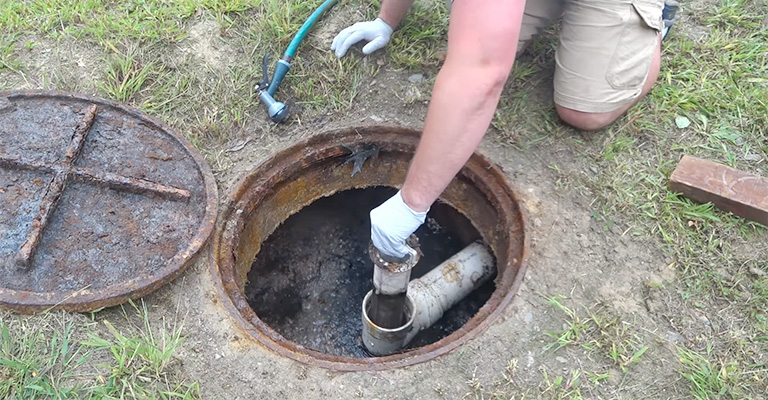
Although maintaining your septic system is a daily task, it is not difficult. Tank maintenance requires conscious planning and may require some tweaks.
Septic tanks work differently from sewer systems, so several steps need to be taken to prevent issues. Are your septic tanks pumped regularly? Septic systems require regular and correct maintenance to remain healthy.
Although the cost of replacing or rebuilding the entire system drain field is prohibitive, it is still necessary to replace it. Your conventional septic tank should pump or clean every three to five years.
It depends on the size and number of people in the house as to how long a septic tank can go without being pumped.
Water Softeners
A water softener unsuited to a home’s needs can also cause problems. Certain water softeners can harm microbes depending on the amount of salt released. Make sure your washing machine and dishwasher use a septic-friendly water softener instead.
Use Proper Garbage Disposal Mechanisms
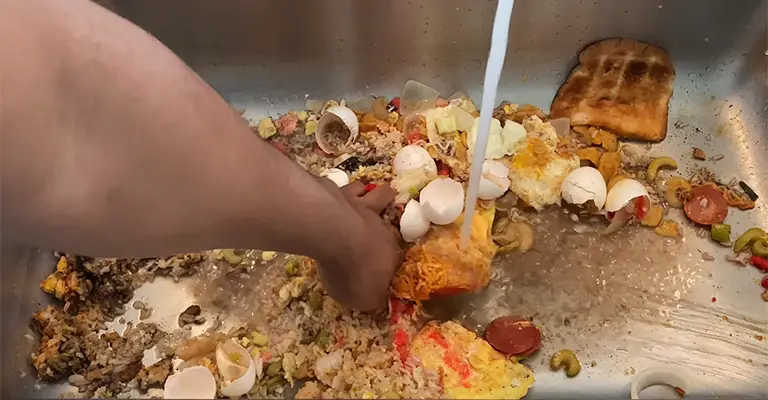
A poor garbage disposal system is another common complaint with septic tanks. For example, you should not dispose of eggshells, large food scraps, and other solid waste in the septic system.
The particles will be too large for a septic tank to handle, even though your septic system will break down most compounds.
Flushing
Non-biodegradable substances flushed down the toilet commonly cause septic drain clogging.
For example, baby wipes, diapers, condoms, feminine hygiene products, cotton balls or swabs, and cigarette butts are among the substances that should not be flushed down a sink or toilet drain.
Harsh Chemicals
In some chemical tanks, certain chemicals kill bacteria needed to break down waste. These chemicals include bleach, paint, solvents, herbicides, and insecticides. There should never be any flushing of these chemicals.
Cooking
Cooking oil and grease should never be poured down the drain. It takes a long time for fat and grease to break down, leading to clogs in pipes or excess waste in the septic tank.
Is It Normal For A Septic Tank To Be Full Of Water?
There are certain levels to which a healthy septic system fills the septic tank from using the household and high levels of water that require maintenance.
When your drain field does not drain correctly, or you have slow drains in it, it could be an indication that something is wrong elsewhere in your system.
What Is The Time It Takes For A Septic Tank To Fill Up?
One or two people can usually fill a 1000-gallon septic tank. One adult will take approximately 6-7 years to fill a 300-gallon septic tank.
Consequently, a family of four or five can fill a 1000-gallon septic tank containing scum and sewage within five to six years.
Is It Possible For A Septic Tank That Has Overflowed To Repair Itself?
Overflowing septic tanks cannot be repaired by themselves. Without timely repair, it might present several challenges.
As a result, it is advisable for you to hire a skilled plumber to fix it. The plumber will unclog the septic tank and spray water on the walls using a specialized vacuum hose and a powerful pump.
Final Words
When a sewage tank fills up after emptying, the septic system makes gurgling noises. Wastewater and used water from drains and toilets do not flush properly and may return to the house.
There is a foul odor coming from the drain field and septic tank. Wet muck and wet waste fill the septic tank, causing toilets to become difficult to flush.
Tree roots can grow through the wall of a septic tank and spread into the ground if the tank is close to a tree. In addition to damaging roots, it can also damage septic systems.
You should always hire a professional to pump out your septic tank. You run the risk of severely damaging the system if you attempt the repair yourself. Further, septic sewage is an environmentally harmful waste.
This means whoever pumps your septic tank must dispose of garbage appropriately. It is possible to incur fines of up to ten thousand dollars if toxic trash is improperly removed. That’s something nobody wants!







